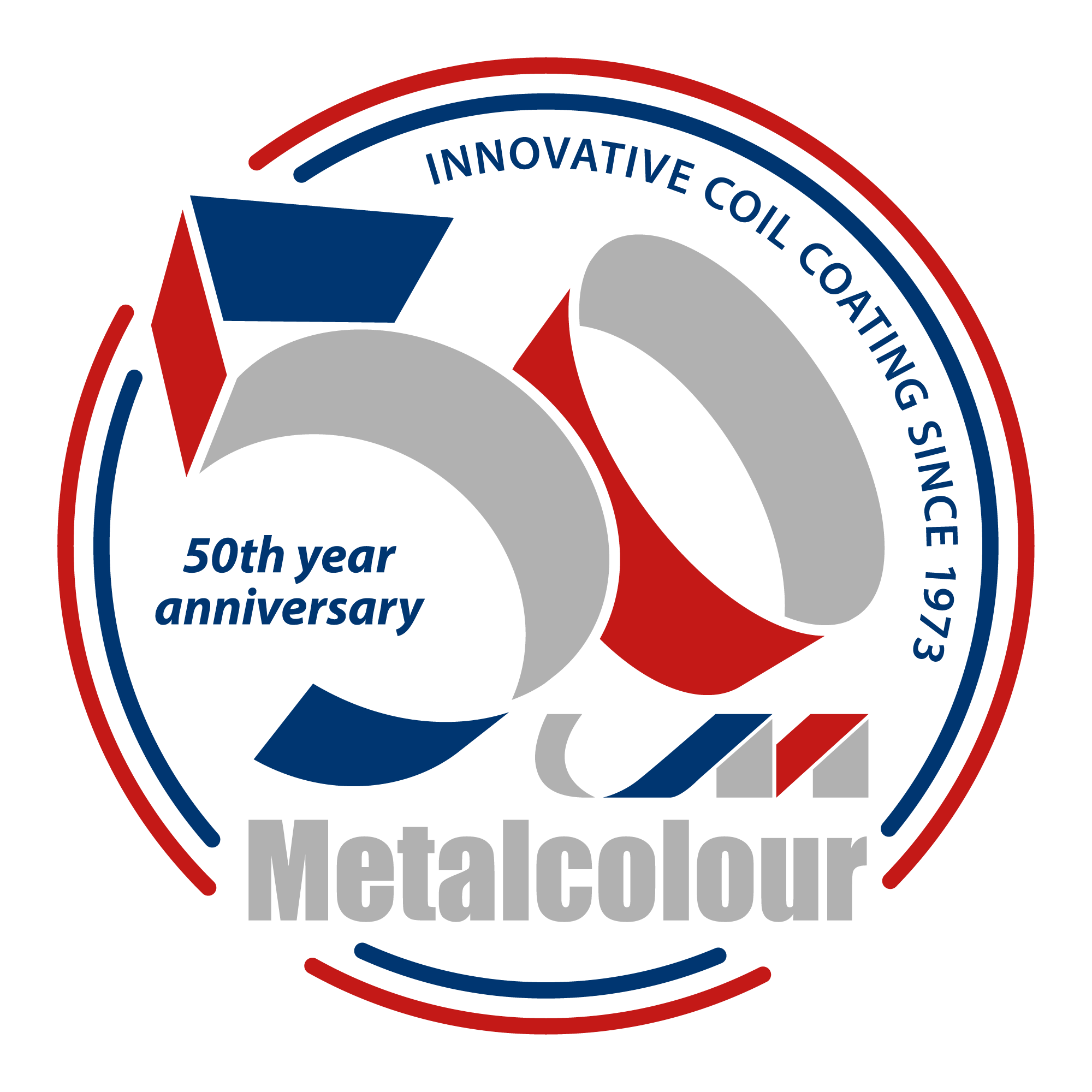Maintenance Instructions
With regular maintenance, your Metalcolour products will last even longer. Follow the recommendations of how you best take care of your Metalcolour Laminated products.
PRODUCT DEFINITION
DOBEL® F 105, OCEAN SKY, FOODSAFE, INDOOR/OUTDOOR: Vinyl film laminated onto galvanized sheet steel or aluminium.
DOBEL® 2005: Consists of a Highly Modified Polyester (HMP) film laminated onto galvanized sheet steel or aluminium.
Slightly soiled surface can be removed with a moistened cloth. If a detergent is needed use a neutralized mild non-scratching detergent, free from ammonia and without bleach agents. Rinse with clean water and leave to dry. NOTE: Detergents containing ammonia or bleach may cause yellowing of the material.
WASHING
Superficial dirt can be removed with a damp cloth. Do not wipe the surface dry. If the surface feels greasy, use water containing a neutral detergent without ammonia. Note that a detergent containing ammonia may cause yellowing of the material. A stronger cleaning effect can be achieved by using 5% caustic soda solution together with some detergent. Rinse with clean water and leave to dry.
STAIN REMOVAL
The basic rule is that stains should be removed as soon as possible with absorbent paper, preferably before the stain has dried.
Take care not to use stronger organic solvents. The film can be affected by strong alkalis as toluene, acetone, trichloroethylene, perchloroethylene, thinner and petrol (gasoline).
Certain water-soluble substances such as lipstick, ink, spirit-based markers, shoe polish, rubber heel marks, tar and asphalt can be removed by white spirit or methylated spirit. These substances may leave permanent marks if they are left for any length of time. Remove the stain immediately, then rinse with clean water and leave to dry.
Rust stains can be treated with a 10% oxalic acid solution.
When in doubt test on a smaller surface area to ensure a satisfying result without occurrence of any gloss change or discoloration.
The material should not be treated with polish or other surface treatment agents, other than those recommended above.
REPAIRING OF SCRATCHES
Scratches can be treated by heating, painting, or re-laminating the film surface.
HEATING
Very superficial scratches, or surface pressure marks, can often be removed by carefully heating the surface up to 70 – 80°C. A suitable source of heat is an air gun of the type used for welding plastics. Deeper scratches can also be partially removed by heating and pressing the edges of the scratch together.
CLEANING BEFORE PAINTING
Before painting, clean the surface with a neutralised mild non-scratching detergent, free from ammonia and without bleach agents. Rinse the surface with clean water and leave it to dry.
PAINTING
For single-coloured films, a water-based acrylic paint of the same colour as the original film, is recommended. When painting, a paint thickness not exceeding 40–50μ should be applied using a roller or paint pad. A thinner layer may preserve the original embossing of the design.
Touch-up painting, applied with a marking brush, can also be carried out for less serious surface damage on single colour design. The paint should not cover a larger surface than the damage itself as it can give a different appearance.
RE-LAMINATING
Major damage on the sheet surface can be remedied by bonding a new film. Before re-laminating, clean the surface as described under the heading “cleaning before painting”.
There are different procedures recommended when re-laminating:
DOBEL® F 105, OCEAN SKY, FOODSAFE, INDOOR/OUTDOOR:
- Use a water-based flooring and wall adhesive for vinyl coverings (non-polyurethane-based). Experience and laboratory experiments have shown that Bostik Floor and Wall adhesive for Vinyl gives good results.
- Apply the adhesive in a thin layer to prevent extended drying time. Press the new film down onto it.
- Remove all air bubbles immediately under the film to ensure that the surface will be smooth and attractive.
DOBEL® 2005:
- Adhesive “GOLVLIM PLUS”, by Bostik Findley AB.
- The adhesive should be applied to the damaged surface with a roller. Wait until the water in the adhesive has evaporated.
- The setting time for the adhesive to become tacky will vary and depend on the humidity and temperature (at 20°C, 30-50 min).
- Apply the adhesive in a thin layer to prevent extended drying time. Press the new film down onto it.
- Remove all air bubbles immediately under the film to ensure that the surface will be smooth and attractive.
It’s also possible using foil with integrated tape adhesive (Pressure Sensitive Adhesive, PSA).
For information about film and retailers, contact Metalcolour Sverige AB.
NOTE: Re-foiled surfaces (two layers of film) do not fulfil the regulations of the IMO FTP 2010 code or the EU Council Directive 2014/90/EU.
Download the complete document at our Download Center: https://metalcolour.com/specifications/folders-and-sheets/




